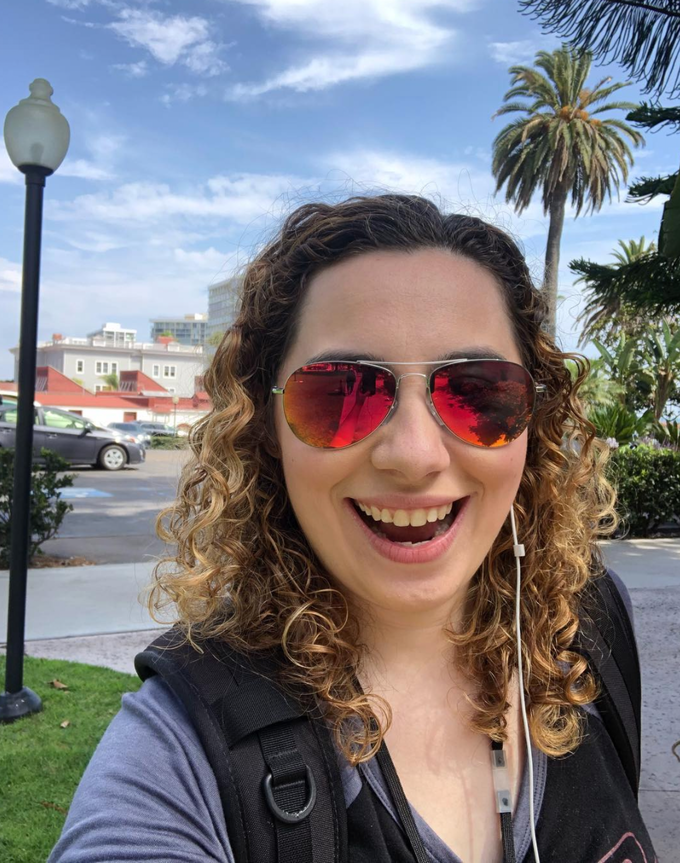Scott Snyder goes inside Death Metal as a commentary on superhero storytelling
Ahead of Dark Nights: Death Metal #4, Scott Snyder talks about the origin of Robin King and the Darkest Knight

DC's big 2020 event Dark Nights: Death Metal resumes on October 13 with its fourth issue, as Scott Snyder and Greg Capullo continue to show a twisted version of the DC Multiverse with Wonder Woman, Batman, and Superman fighting a powered-up Batman Who Laughs (as the Darkest Night), Perpetua, and a sinister new villain named Robin King.

For Snyder, Death Metal acts as a love letter to the superhero genre he has come to and excelled at in his 10 years at DC. But it's also a commentary and a critique of superhero storytelling including what's happened at DC (as well as other publishers) in the past.
Ahead of Dark Nights: Death Metal #4's October 13 debut, Scott Snyder spoke with Newsarama about the event, Robin King and the Darkest Knight, and the metatextual elements of it all.
Newsarama: Scott, we're here at the halfway point of Dark Nights: Death Metal - and previously you told Newsarama this be your final bow with main line DC comic books for the foreseeable future.
What made Death Metal the finale to end that run on?
Scott Snyder: I'm not stepping away fully. I still have a project in the oven at DC, but I want to step away from the grind of the main line continuity stuff for a while. I'm not looking to do any more events or take over a big book like Justice League.
I really want to focus on my own stuff for a bit and give other people oxygen and room to tell great stories with these characters that I've been really inspired by this rising generation of creators. I think they'll do a terrific job with these iconic characters.
Comic deals, prizes and latest news
Get the best comic news, insights, opinions, analysis and more!
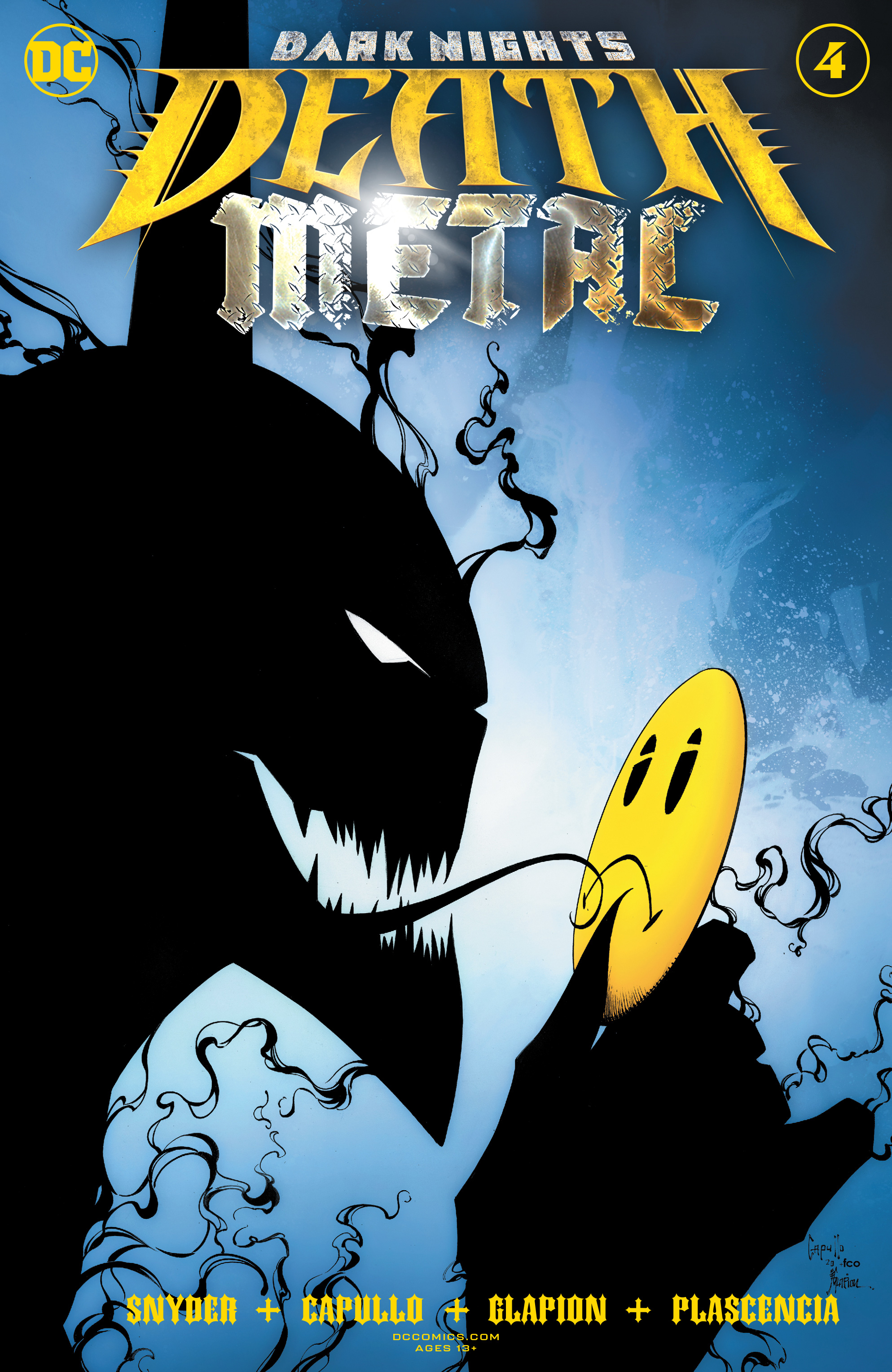
But the reason I feel it's the perfect ending for this whole run that we've had at DC, me and Greg Capullo, and just in general for me is that it's genuinely a complete explanation of why I love superheroes and what I think matters about them at a moment when everything is changing.
The story is genuinely about Wonder Woman — what she realizes in the upcoming issues is that she's after this crisis energy power. She's after the ability to restart the Multiverse and make it something bright and hopeful, shaped by the heroes in this really inspiring way.
What she comes to realize is that this is not something that the hero should do ultimately. You can't wipe away the mistakes that you've made in the past and just start over.
You have to reckon with them. You have to live by your history and accept that you might be judged poorly, you might be judged well, you might find a place for yourself on the other side that's even better than the one you're in now, you might find no place for yourself, or a worse place, but letting go and being able to trust what's coming and trust the next generation. All of those things are how I feel about comics in so many ways, and I believe in the message deeply.
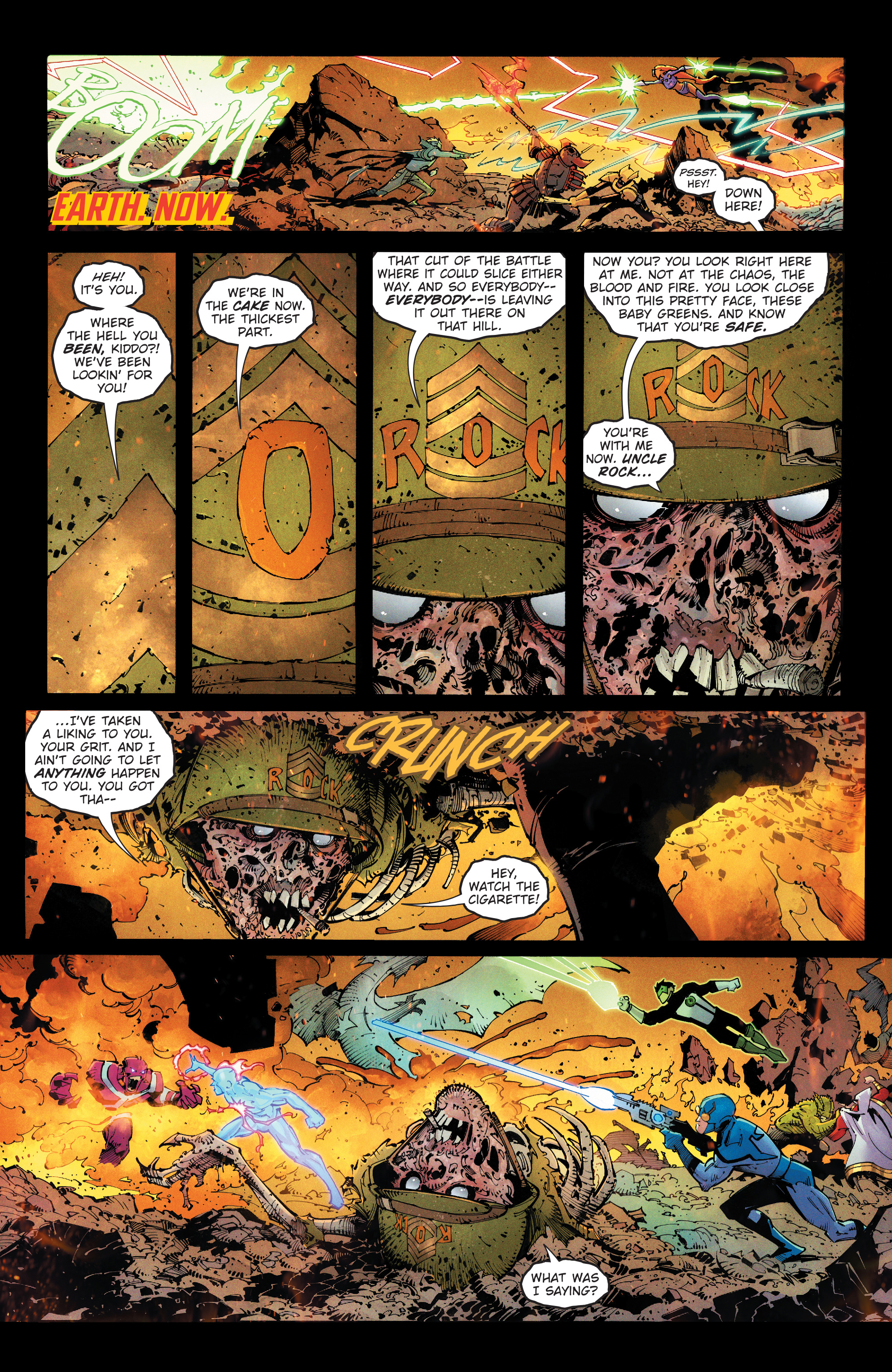
The whole kind of insanity of it and all of the fun over the top metal aspects like armies of Lobos, psychic starfish, and a thousand evil Batmen — that stuff makes sense to me because I know at the heart of the story is really just about the person who's responsible for truth in the DCU remembering the hardest truth of all is that ultimately you can't cling to the past and try to remake things over and over. Instead, you have to be able to meet the moment and future proudly. You live on through the actions of today.
So, Wonder Woman has to be like 'If we all die in this final battle, which it looks like they will, that's okay because we went down standing for something we believe in. Then on the other side, we'll see what we become.' I really love it for that reason.
Nrama: In this series, you're really re-visiting classic, foundational events in DC history - Crisis on Infinite Earths, the JSA, the Black Lantern rings, Watchmen, etc.
What made you want to add all these elements into this one event?
Snyder: The motto of the event is 'It all matters.' I think a lot of the time with comics continuity with our own fandom as creators you look to make a moment important and say this is the number one. The number one again, this is where it all starts that I think at DC, in particular, we've fallen victim at times to overdoing that in different ways, like negating history to make things feel shiny and new, and then trying to bring back too much in a way that suffocated new things.
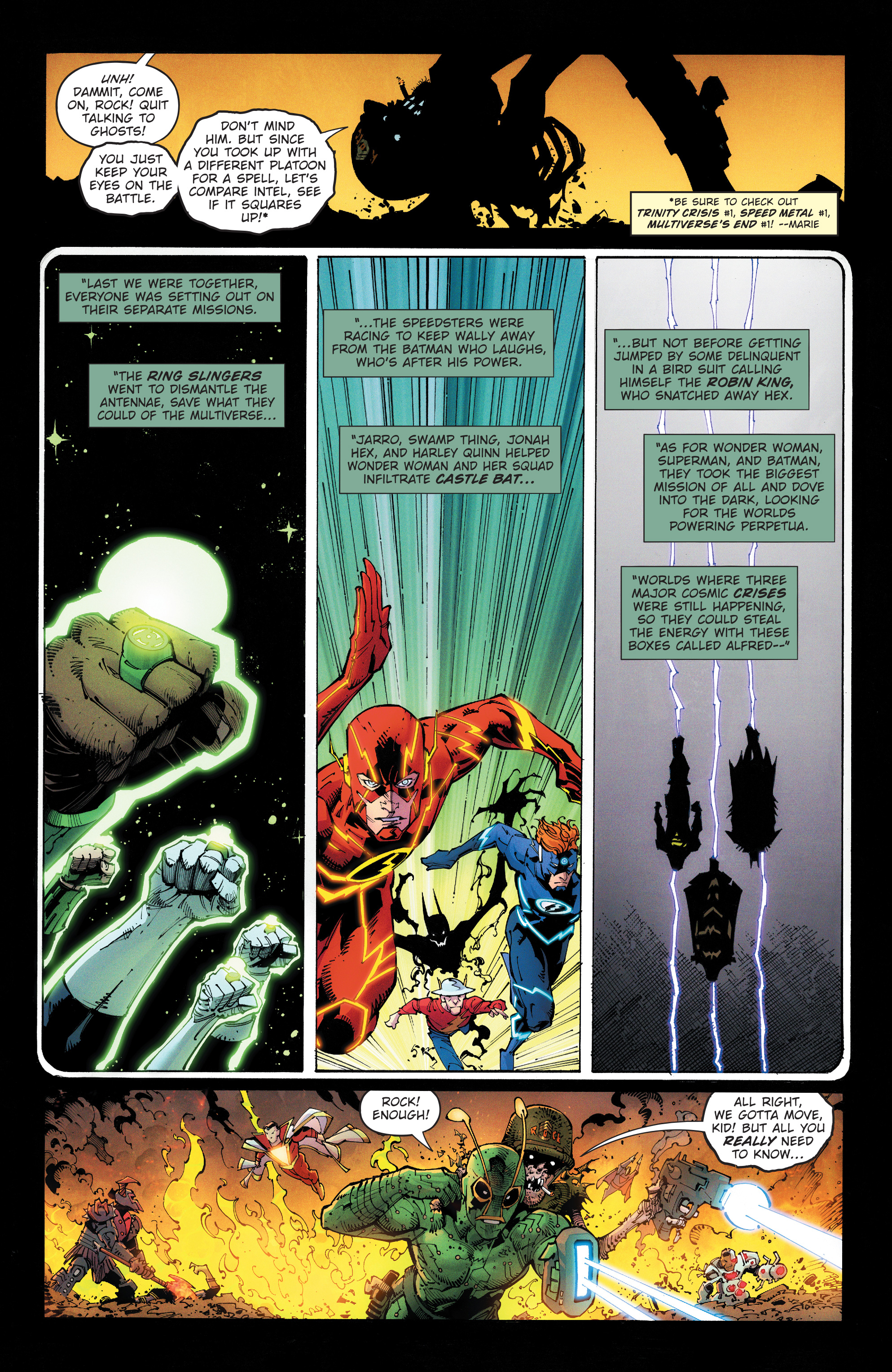
The goal with Death Metal when we pitched it a few years ago was not just as a sequel to Metal, but as a bigger thesis on the same ideas that Metal had.
With Metal, the thesis was to both celebrate the past — having it all matter and all be real, all of the comic book lunacy of the past, all of those stories (good, bad, all of it) — and making it all material. Using it as a foundation to be able to tell new stories that push the limits of comic book storytelling with these characters and exciting ways.
For us, it was about making sure that all the kinds of stuff that people don't expect to see have forgotten about, love, or things that have people say they're not going to use that - then we use all of that. So, characters like Superboy Prime and Sgt. Rock play a big part, or zombie Jonah Hex is there. Batman is riding a Joker Dragon cycle. The Anti-Monitor is in it, and so is Darkseid from Final Crisis. If you know those stories there are all kinds of Easter eggs.
It's meant to be celebratory about this wild, wonderful, flawed history of the DCU. So, we can say everything you've ever read counts, everything is part of it. The reason comics will be okay is because we're all part of one multi-decade story that is the DCU, but it's also the story of us as fans. Meaning everything you've ever read matters. If you're a fan that you just picked up your first book the other day you matter, that story matters. If you're a fan for 80 years, all of your stuff matters and you matter, and let's all go forward together, understanding that we're part of the one story. So that's really why we're very passionate about it on the team.
Nrama: There have been plenty of tie-ins for this event, why do you think it was important to have these for the main story?
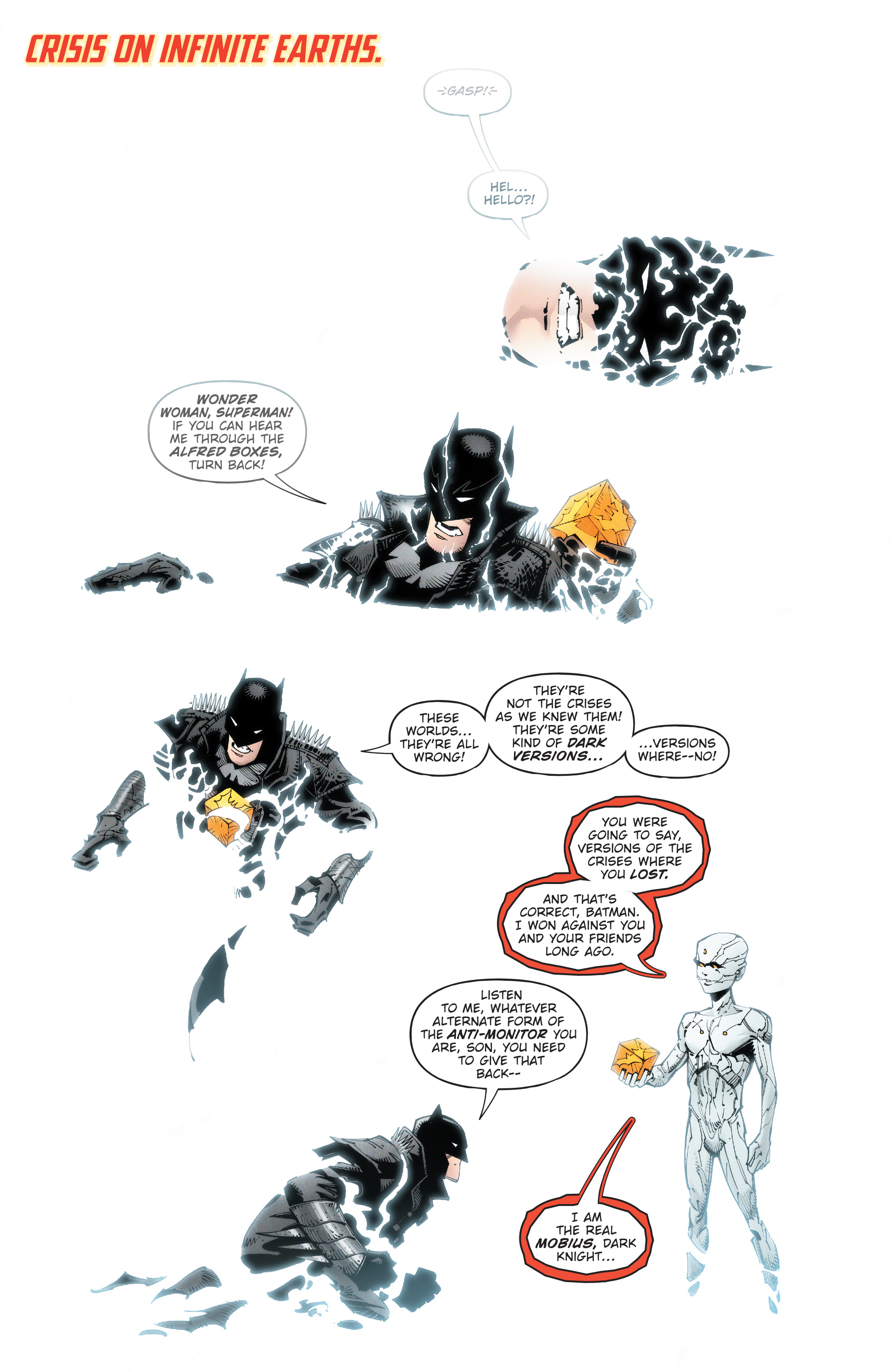
Snyder: It's kind of funny because things have changed so many times over the years that we've been working on this thing.
At first, there were essentially going to be 60 tie-in issues where we literally take the DCU for two weeks 30 books a week coming out, something like that. During that period, we came up with all kinds of craziness that was like Shadowpact revisited. There was a whole Sgt. Rock and the Commandos book. We were going to do one that was all the original Dark Knights come back. We had a big Aquaman story in there too. Just all kinds of stuff. But where we settled at the end, I think is the best place, the number of tie-ins that we had been hoping for from the beginning. Which allowed us to make sure everything mattered.
The Robin King issue — I'm really proud of what Pete Tomasidid, it really fills out the character.
The anthologies, the last stories that we're doing — it shows the last night before the heroes think they're going to go down — die, fighting these evil versions of themselves. We brought in everyone from Mark Waid, Gail Simone, Jeff Lemire, and new writers as well — Regine Sawyer, Che Grayson, exciting up and comers. All kinds of people for these anthologies that celebrate the characters right at the moment before they're either going to go down swinging or in the moment they go down swinging.
It really has been a perfect sweet spot in the middle where we've got not too much, but enough to be able to make sure each thing matters. That's my hope and I have one with Geoff Johns as well. So that'll be a fun thing to do. We've never collaborated before.
Nrama: What went into creating breakout characters of Death Metal - Darkest Knight and Robin King?
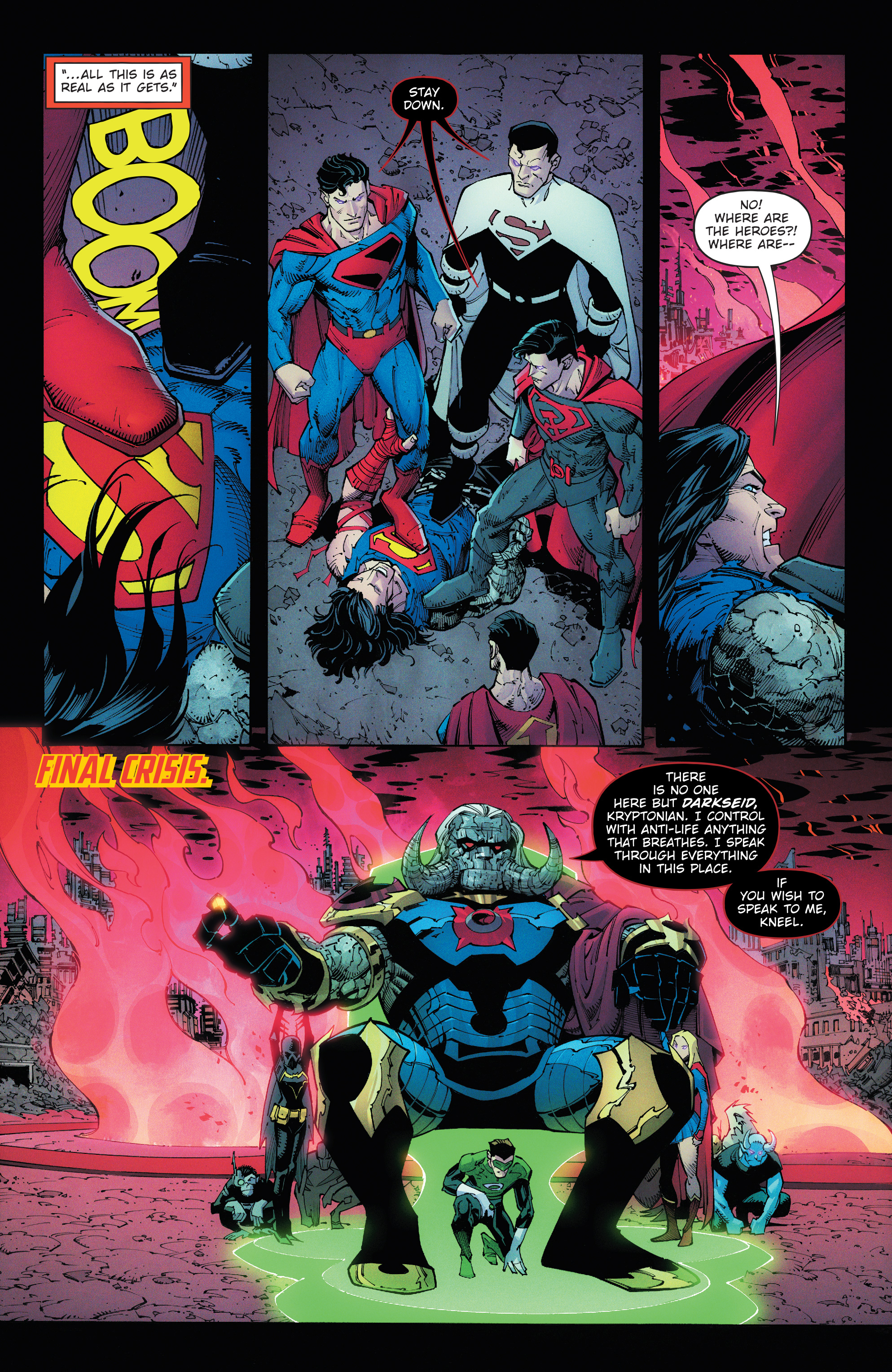
Snyder: We always want to try and surprise people with it. For me, being on Batman as long as I was - the danger, the worry was always don't do anything easy. With this, it would have been easy to bring back the original Dark Knights and just add a few more to them and have the Batman Who Laughs be the Batman Who Laughs and just attack all over again and just do it in a bigger way. But the goal was to really bring in different characters, create new Dark Knights that might stick.
The Robin King was always the one that we wanted to build up and to give the people who were so sick of the Batman Who Laughs, and we were in his other iteration too, that the goal was to chop him down and make something really different.
The second half of the story, they really come into its own — the Darkest Knight and the Robin King come together and they make a great pair for me. Robin King is scary because he's literally Bruce Wayne. He's not someone who is changed by an event. He wasn't a Batman who fell off the path of Batman because something happened to him like all the other evil Batman.
Even if the real Batman wouldn't ever fall off the path away, some of those evil Batmen do. They're all based on his fears about choices that he might make.
The Robin King is just born evil. He's like a Bruce Wayne that is born wrong and decides that instead of being a bat he wants to be a Robin because at his parents' funeral - after he shoots them, he's looking at Alfred and Alfred is staring at him and he can feel the bats beneath his feet. Alfred believes deep down that Bruce's thoughts are down there with the bats and that he doesn't know that he killed his parents. He thinks that his emotions must be like these dark creatures just flapping around in the blackness. Instead Bruce is looking up at a Robin, seeing in the branches and its song sounds like "cheer, cheer, cheer", which is what Robin's song kind of approximates phonetically. So, he's like, "I want to be just like that. I'm happy. I feel free. So why would I ever be like a bat instead I'd rather be like the herald of spring."
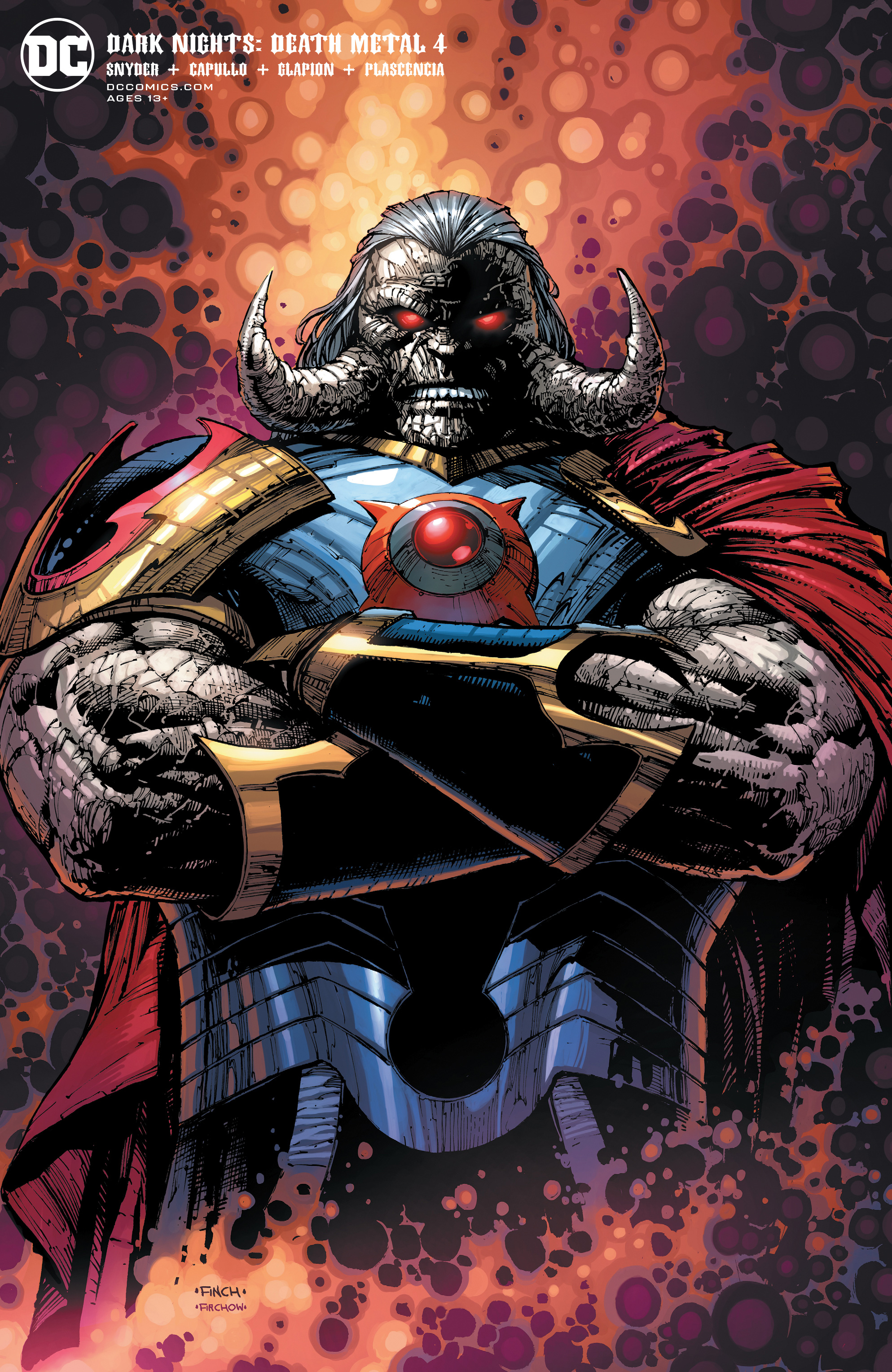
Robins as birds, interestingly enough, like they're the most populous bird in North America, and they also do really well in sites of devastation - places where there have been fires or different grasslands kind of crossover where other birds don't do great because there's this kind of cacophony of vegetation. They're almost a bird that is aggressive and goes into places that are destroyed or difficult and just take over.
So he sees it as a perfect symbol and he spends the entire Wayne fortune on this utility belt that he needs to take down all the heroes to show the next generation that they should be hopeful about their hero, which is him, because he's going to show them to burn down all the old rules - they ruined the world anyway. Let's all party and be evil.
So, I really liked him a lot. And Darkest Knight for me is essentially an evil god. I love the idea of the Batman Who Laughs getting these powers whereby he can say "I'm going to now create a multiverse that has all of your worst nightmares in the multiverse."
It's beautiful to him because what it means is that he can use this multiverse and takes out all the beings, all the gods, anything that exists beyond. He's excited to go explore and kill everything. He's just a great white shark. Now you've given him a whole new ocean and he's just twice as vicious. It gives you a great outlet in challenging times to just get all your frustrations out and just to vent and be evil for a little bit.
They're both fun characters.
Dark Nights: Death Metal #4 (of 7) goes on sale October 13.
Kat has been working in the comic book industry as a critic for over a decade with her YouTube channel, Comic Uno. She’s been writing for Newsarama since 2017 and also currently writes for DC Comics’ DC Universe - bylines include IGN, Fandom, and TV Guide. She writes her own comics with her titles Like Father, Like Daughter and They Call Her…The Dancer. Calamia has a Bachelor’s degree in Communications and minor in Journalism through Marymount Manhattan and a MFA in Writing and Producing Television from LIU Brooklyn.
